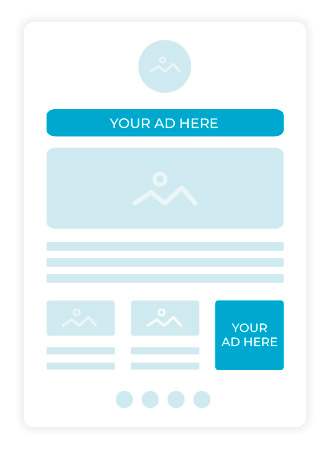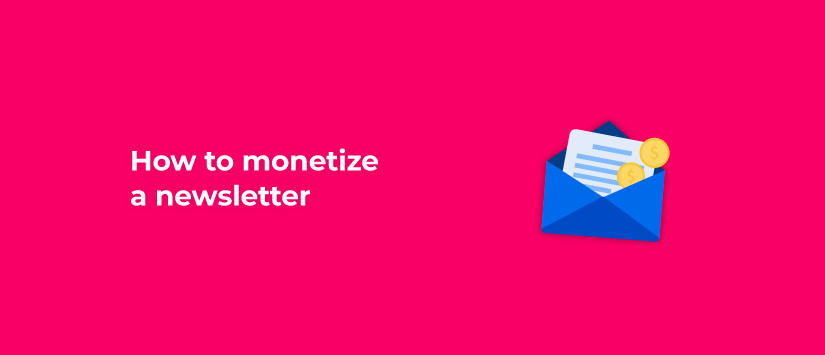There are many reasons to send a newsletter, both intangible ones linked to branding and brand reputation and those related to a direct monetisation of each mailing. In fact, it is a scalable decision to increase the performance of email marketing, for example: it can be started as a way to inform potential customers, move on to include some sponsored content and eventually become a paid newsletter.
Before choosing ways to make money with a newsletter, it is possible to consider how many subscribers are needed to make it profitable. The truth is that it will depend on the way to monetise it as much as on the engagement of the users. For example: it is possible to include advertising from the first mailing, but perhaps an external company will not be willing to pay for it if the statistics are not high and it is better to use your own banners that can convert with less than 50 subscribers, depending on the value of what you are promoting.
The first step to monetise a newsletter is to analyse the different options to choose the one that best fits the corporate strategy. Even if you are looking for quick revenue, you should prepare a newsletter that is coherent with the values represented by the brand and with the rest of the actions you carry out. In addition, you should always think about the subscribers you already have, so as not to damage their experience and make sure they do not want to unsubscribe, for example because they consider the advertising to be too intrusive.
Five strategies to monetise a newsletter
The ways to earn money with the monetisation of a newsletter can be more or less direct, i.e. taking advantage of the audience to obtain benefits with fixed income for each mailing, which would have a direct impact when calculating the ROI, or through external collaborations that would give variable results depending on the actions of the users, which can mean that sometimes there would be no profit and sometimes there would be.
- Subscription to a paid newsletter: users pay to receive it, whether it is a monthly or annual fee. This is the most direct way of making the messages sent profitable. They can be informative or educational newsletters; the key is in the value that users perceive in relation to the free ones. Another option used more by individuals than by companies is to accept some kind of support from the community in the form of a donation, which can be a way of finding out about interest in a future paid newsletter.
- Paid membership: users pay for access to exclusive content, for example published on a website or forum, and receive notices of new material available by email, such as guides, tutorials or webinar recordings. It can be combined with the above to provide a more comprehensive service to subscribers.
- Sponsorships and advertising: within this option there are several levels. It is possible for a company to sponsor the entire newsletter, just a section or its advertising banner. They can also be mentions in the text, for example a notice of a new product or a review. Agreements are usually established for pre-established periods of time and with payments based on visibility or leads obtained.

- Promotion of products or services: these can be physical or digital, such as eBooks or courses, and also face-to-face or online, such as events or webinars. This is the most indirect monetisation because the action of subscribers is necessary for there to be a conversion, so it is usually complemented with specific promotional campaigns that encourage purchase. Adding a touch of exclusivity to offers improves the experience and reduces unsubscribes.
- Cobranding with other newsletters or companies: this consists of establishing an agreement to exchange any of the options we have just seen, whether advertising banners or affiliate links, to promote each other and thus benefit both brands. This type of relationship is usually associated with a larger outreach strategy, but it is also possible to focus on email marketing alone.
Making money with a newsletter can be a business objective, but do not forget about the image you convey to your subscribers. Preparing an A/B test or segmenting to show advertising to certain customers is an option to assess which strategy to monetise mailings is better accepted and does not make a bad impression.




